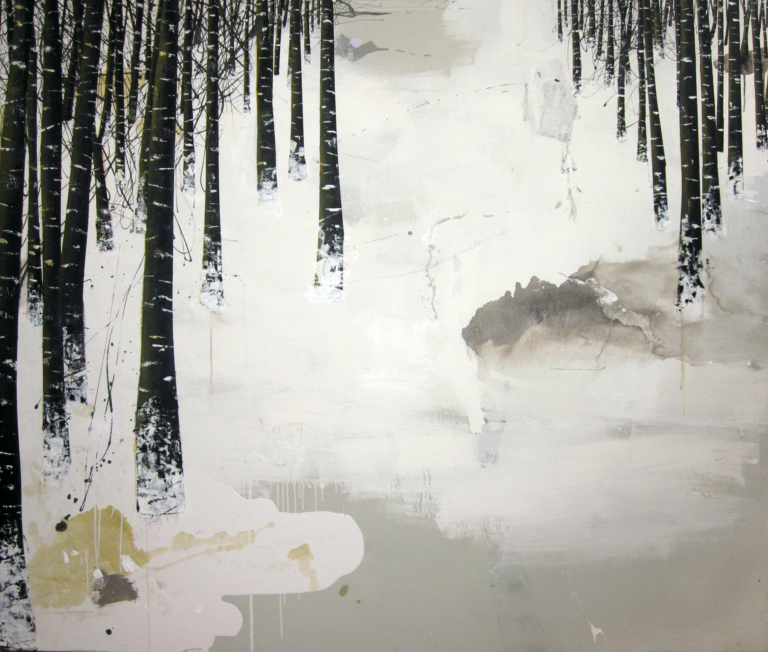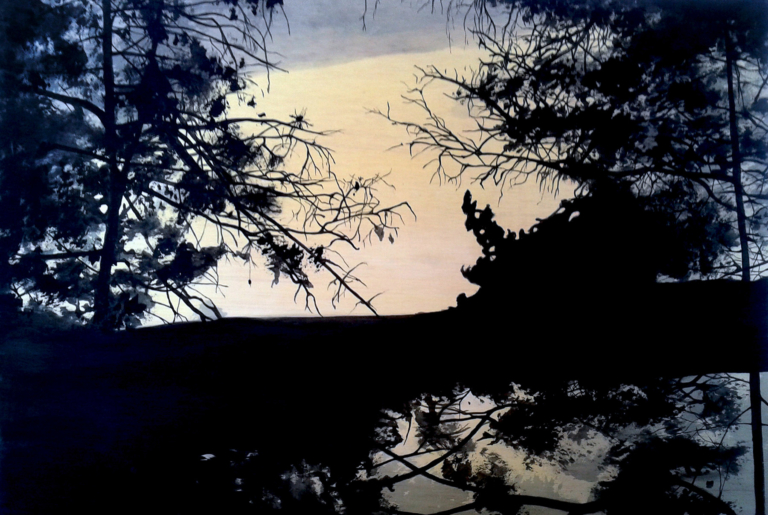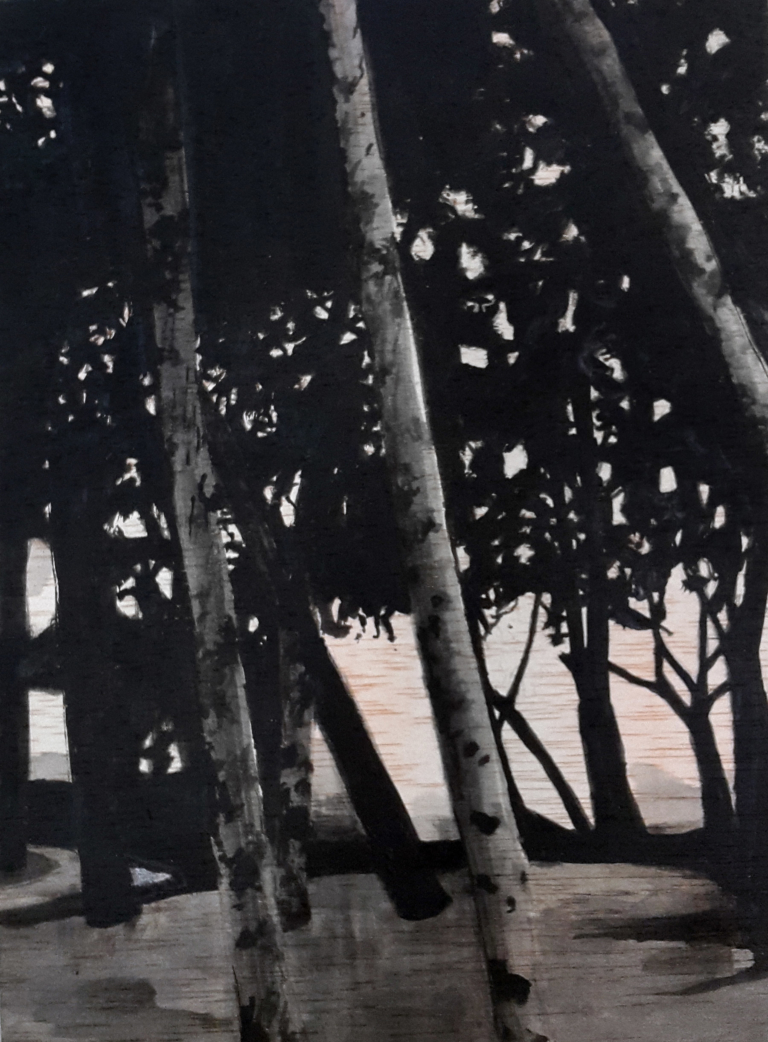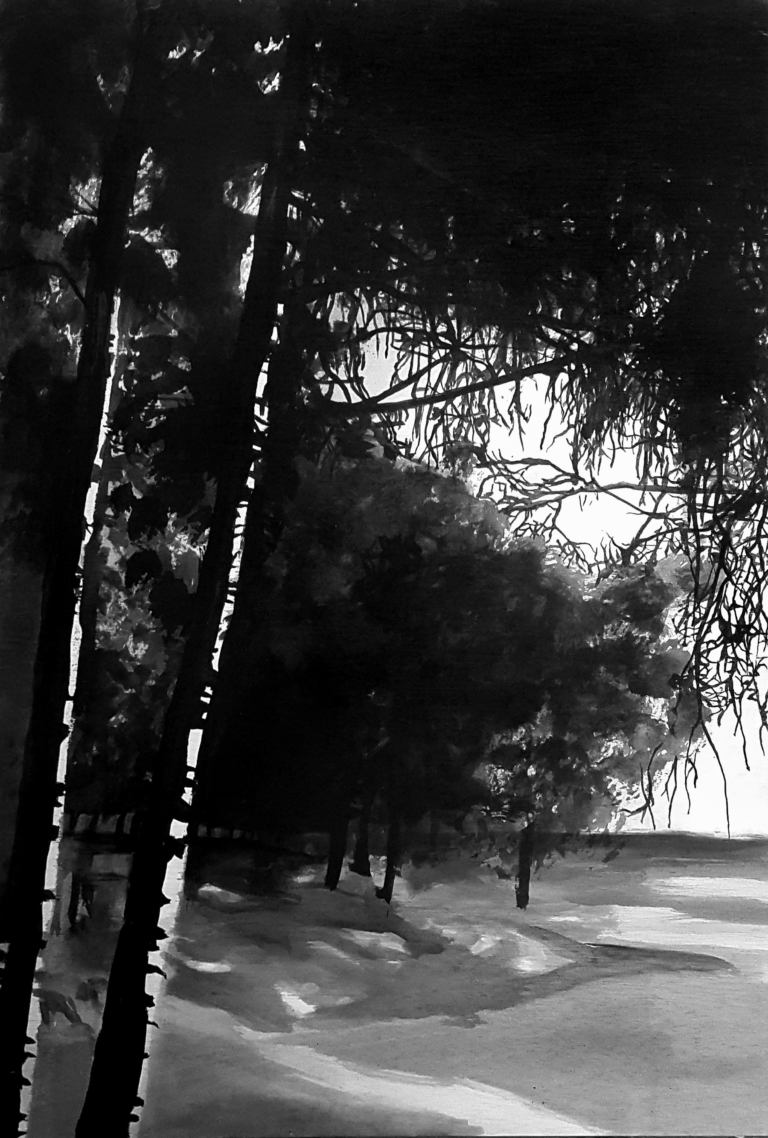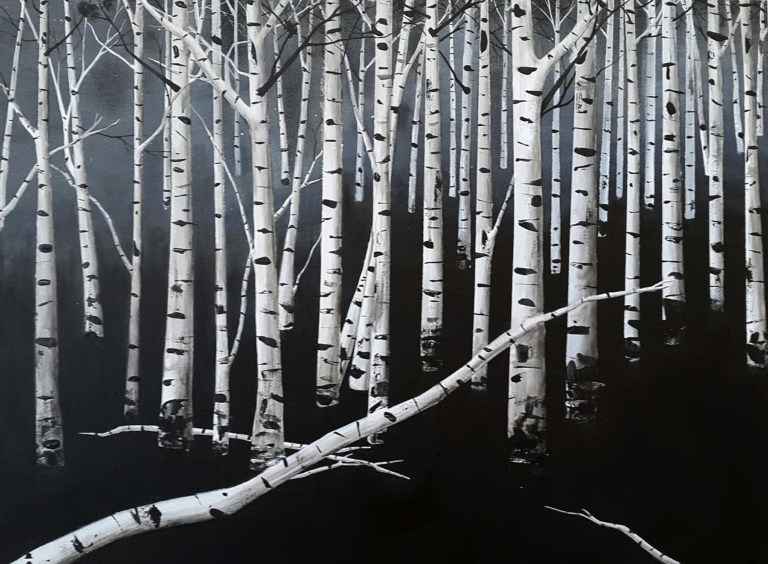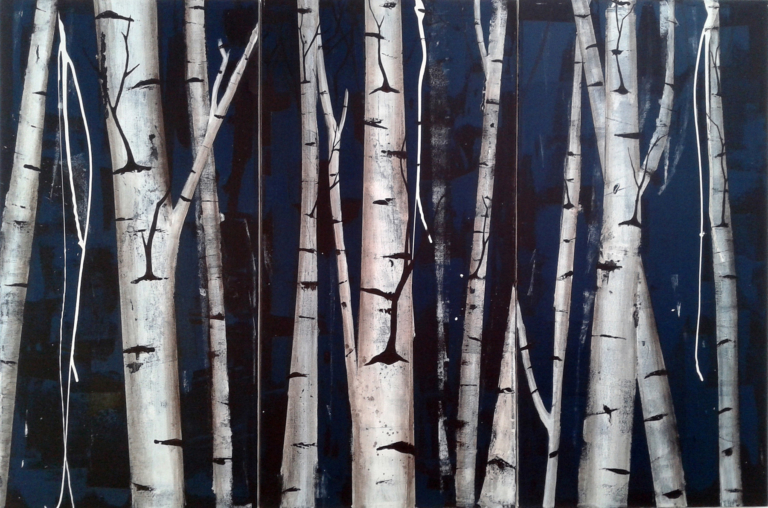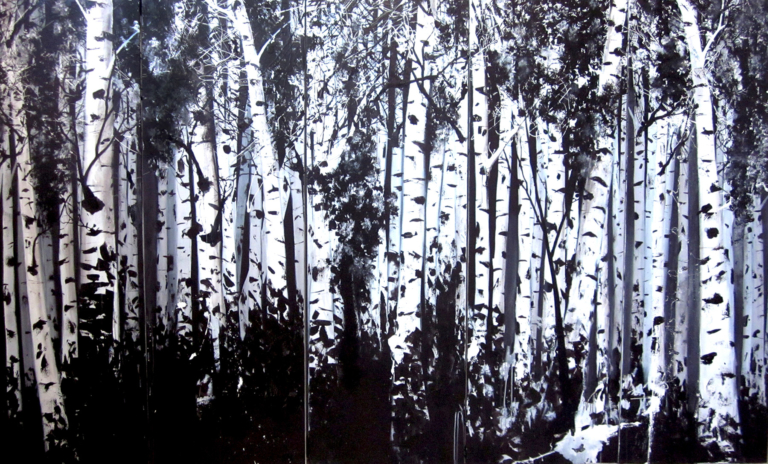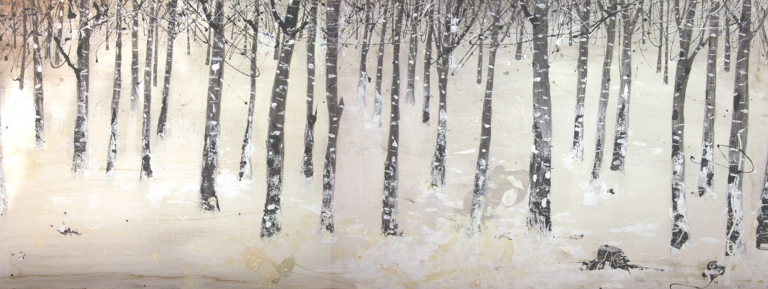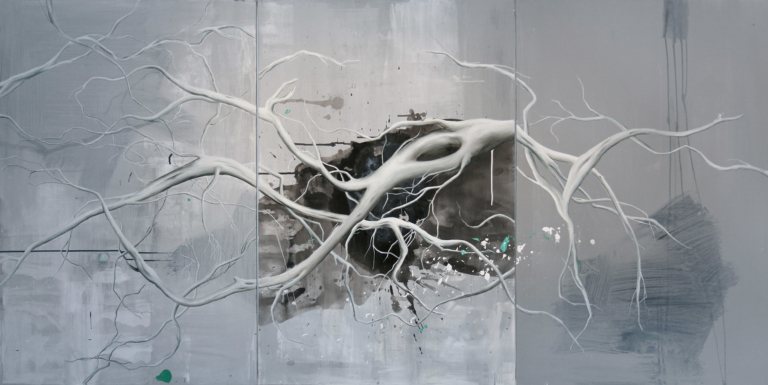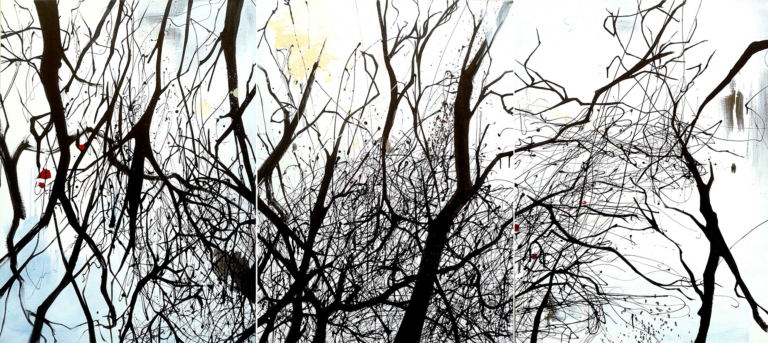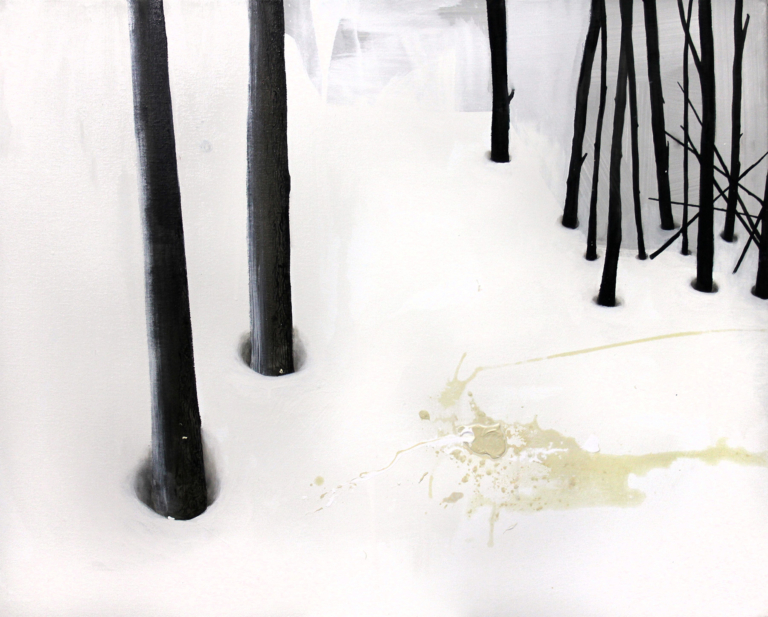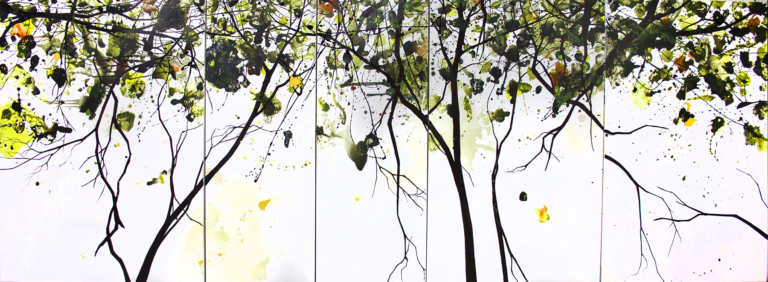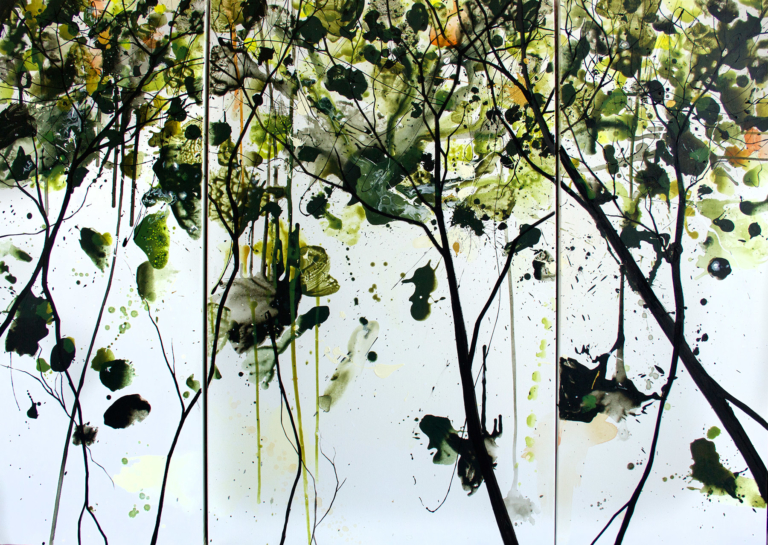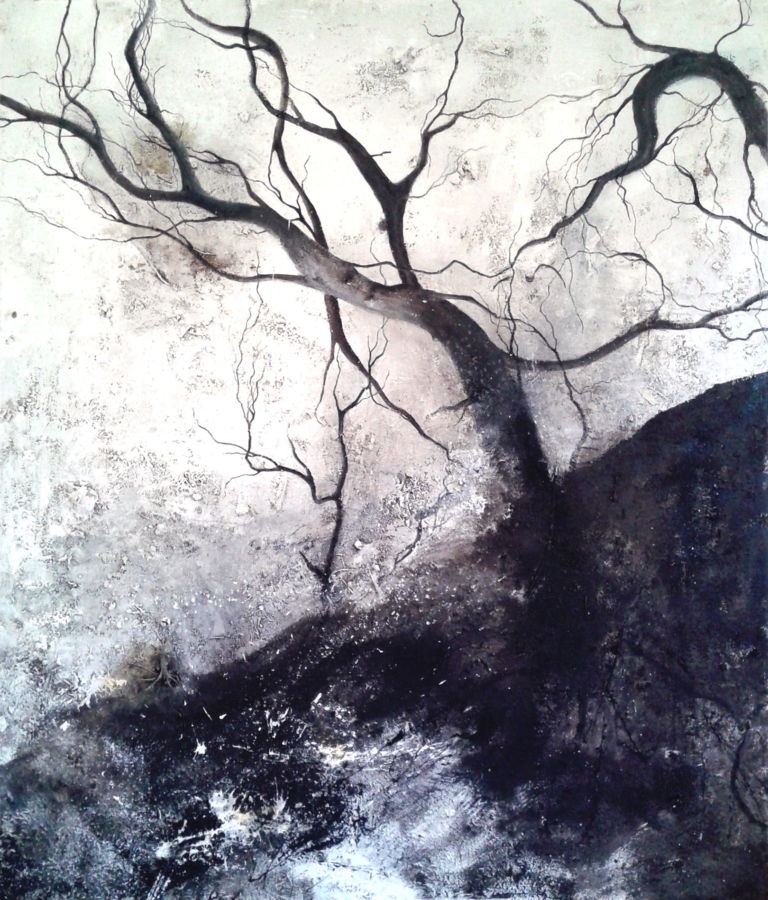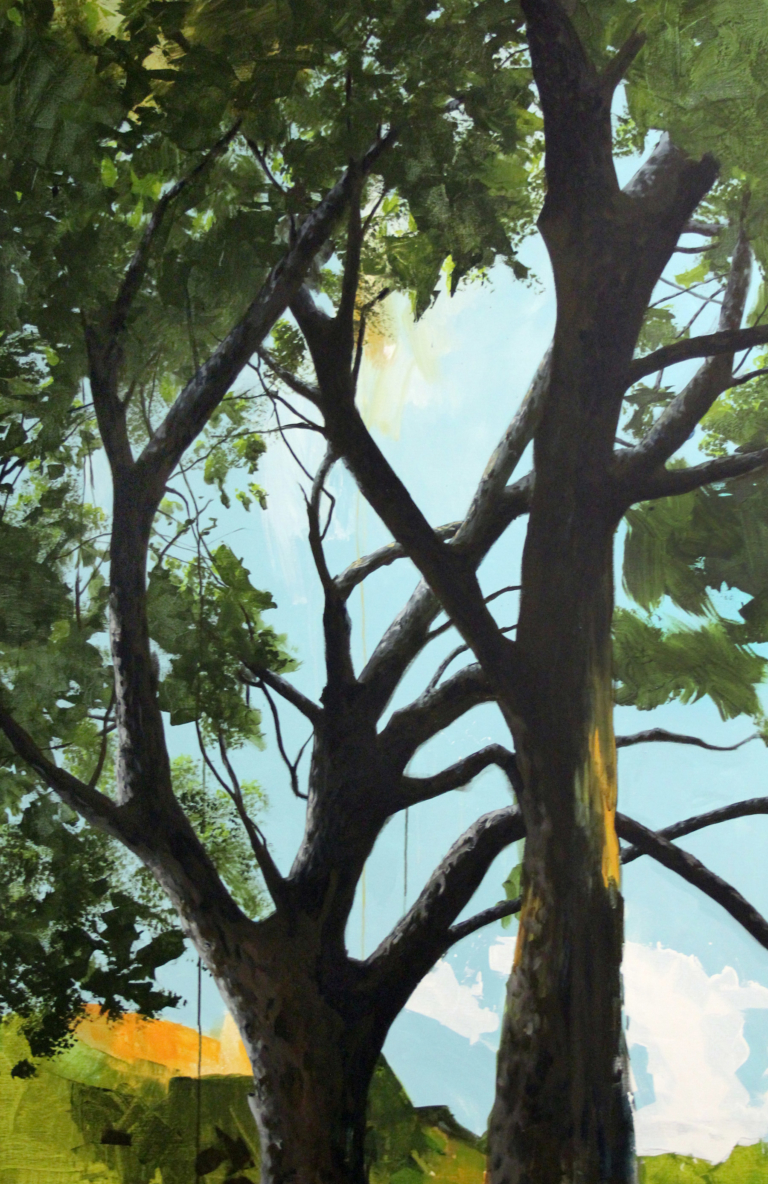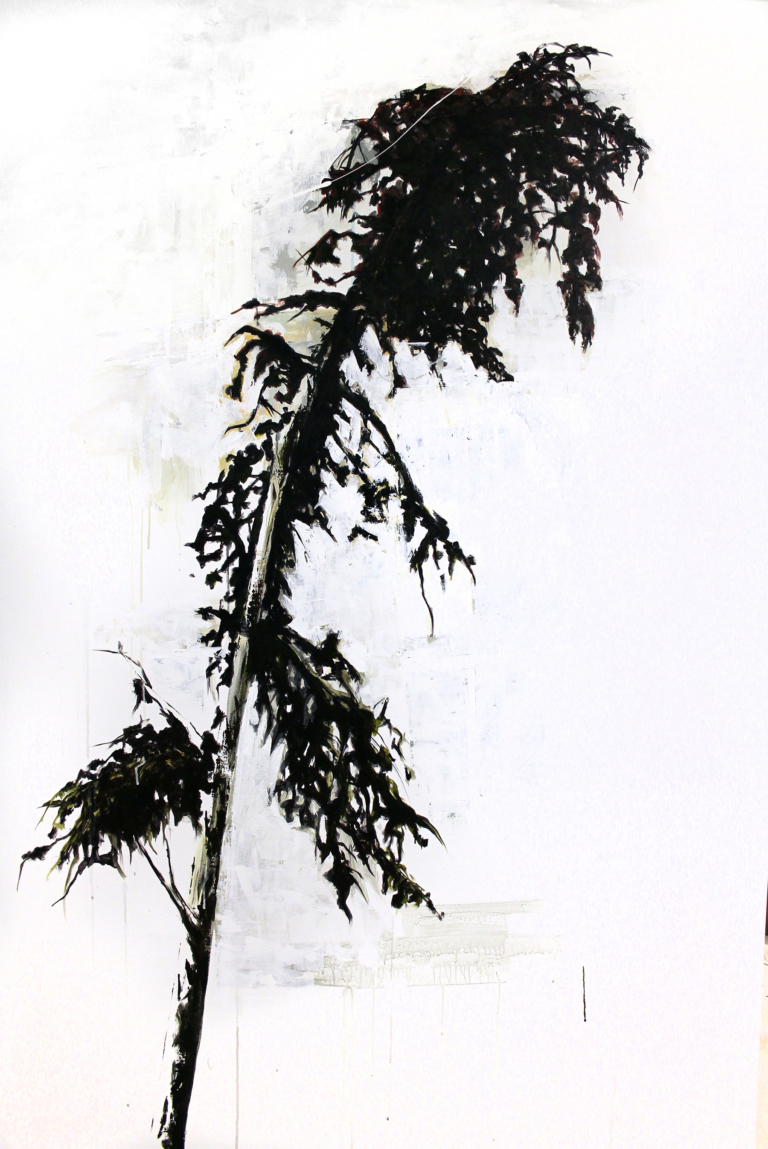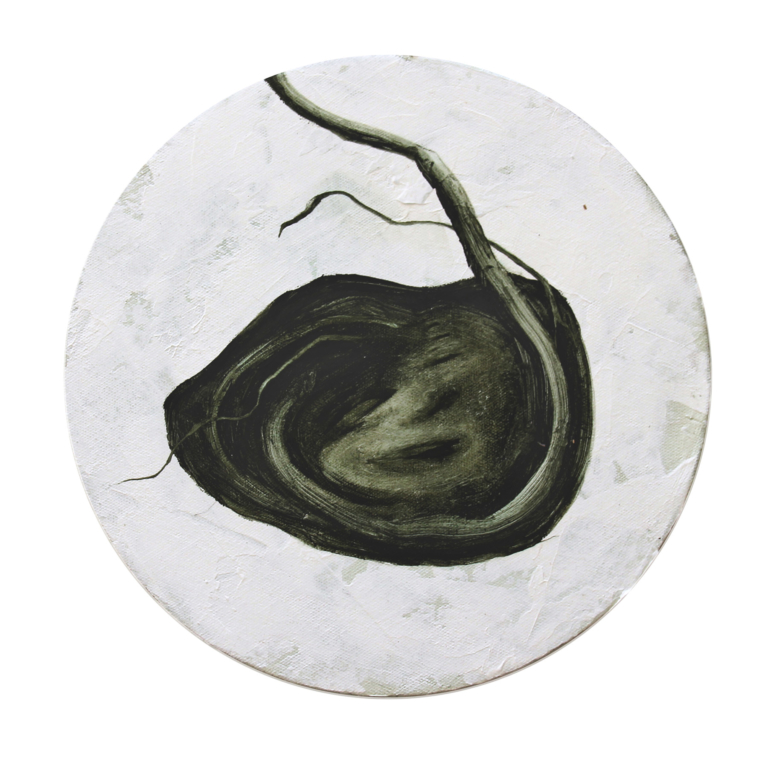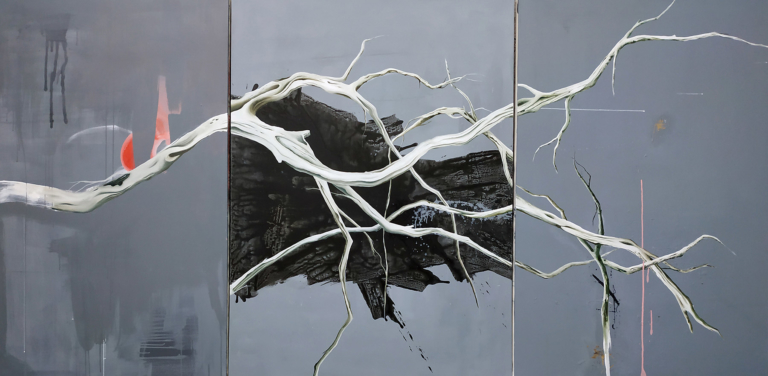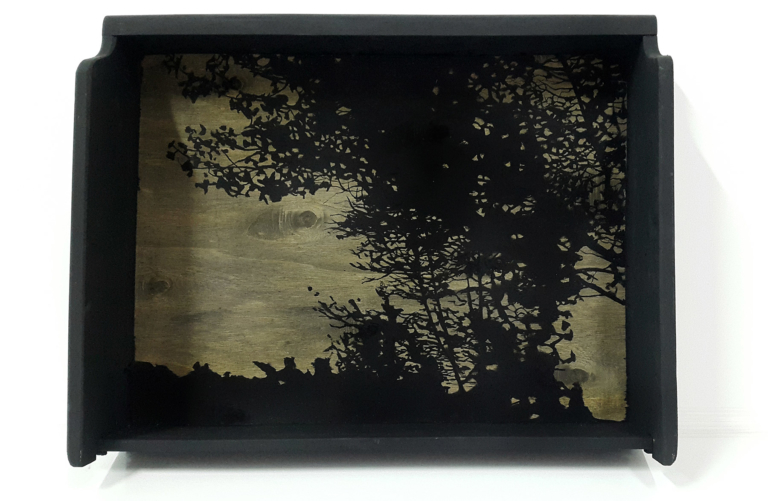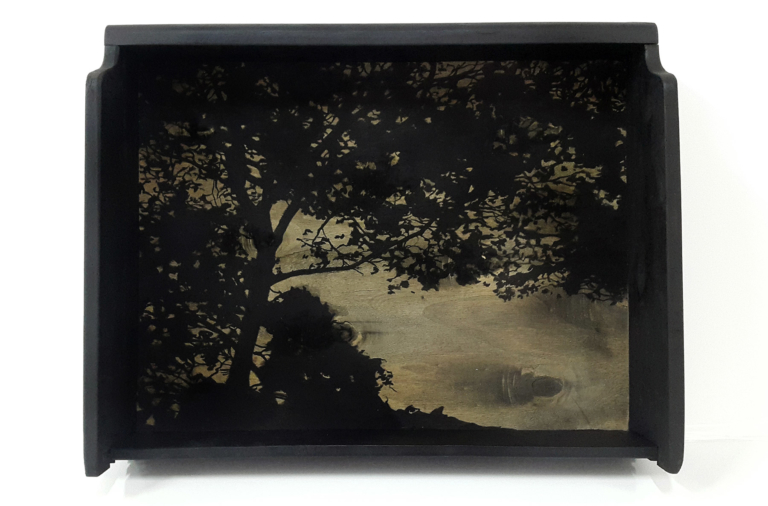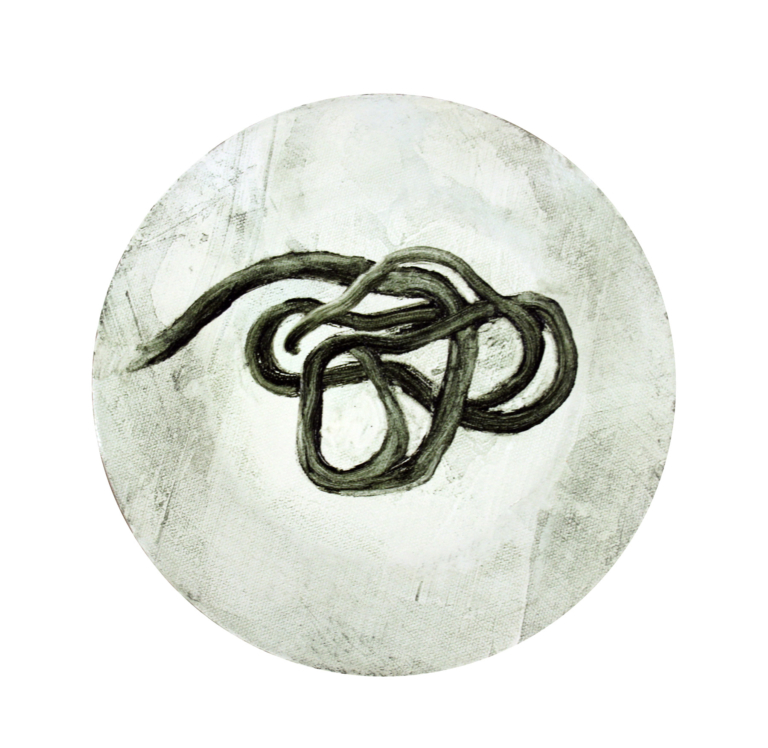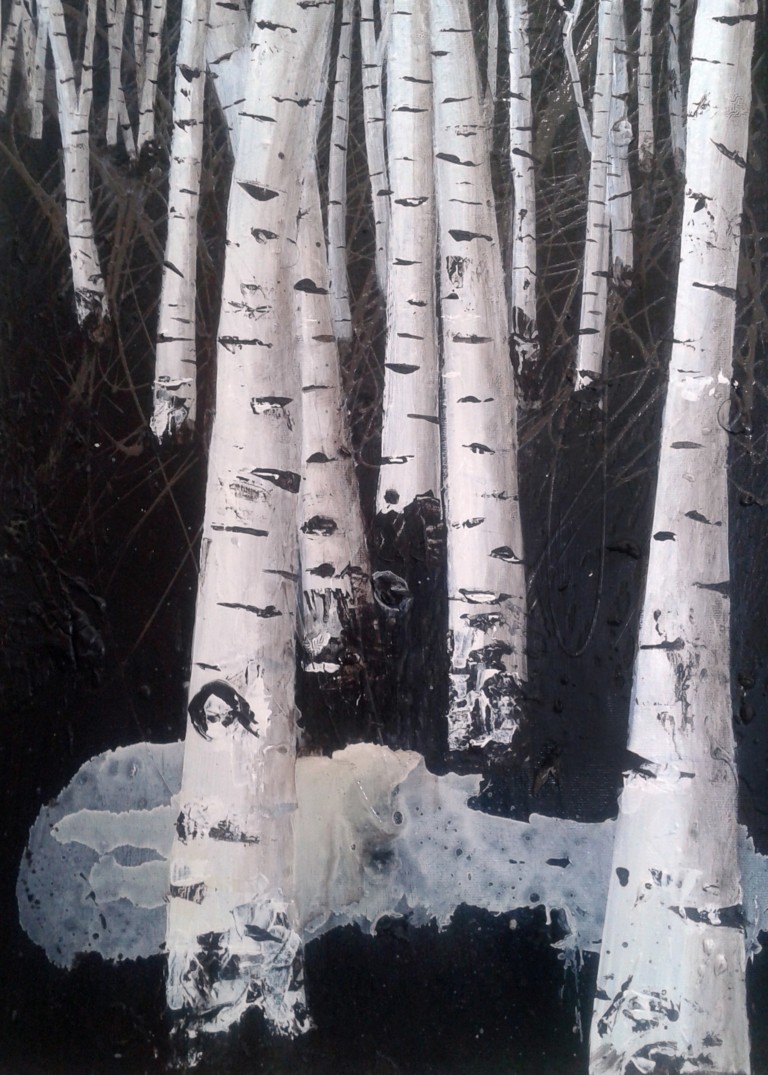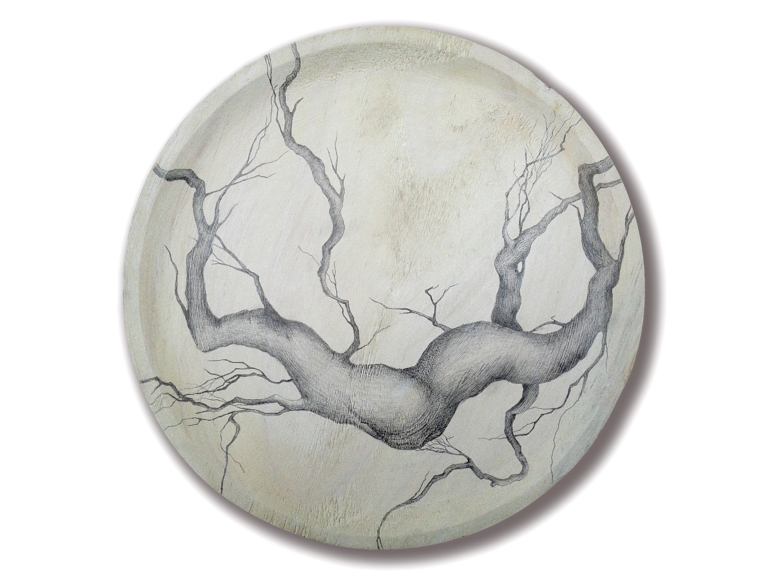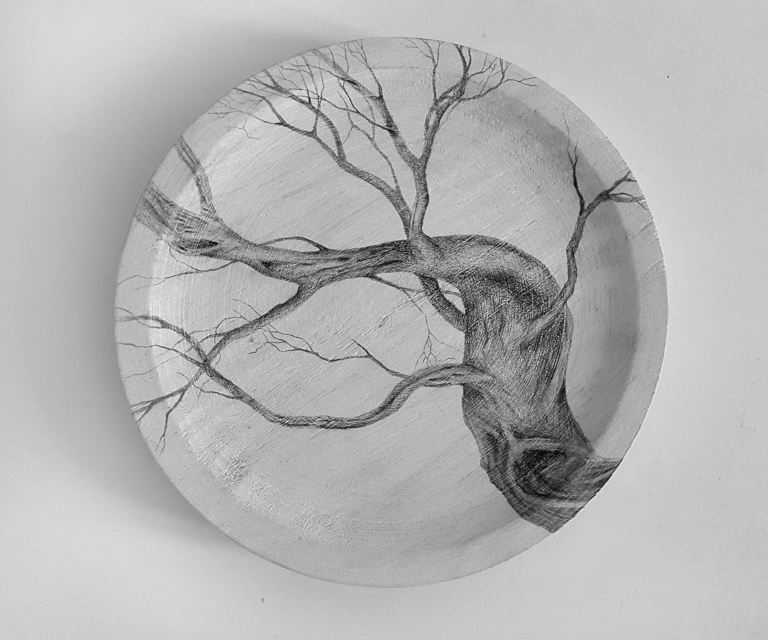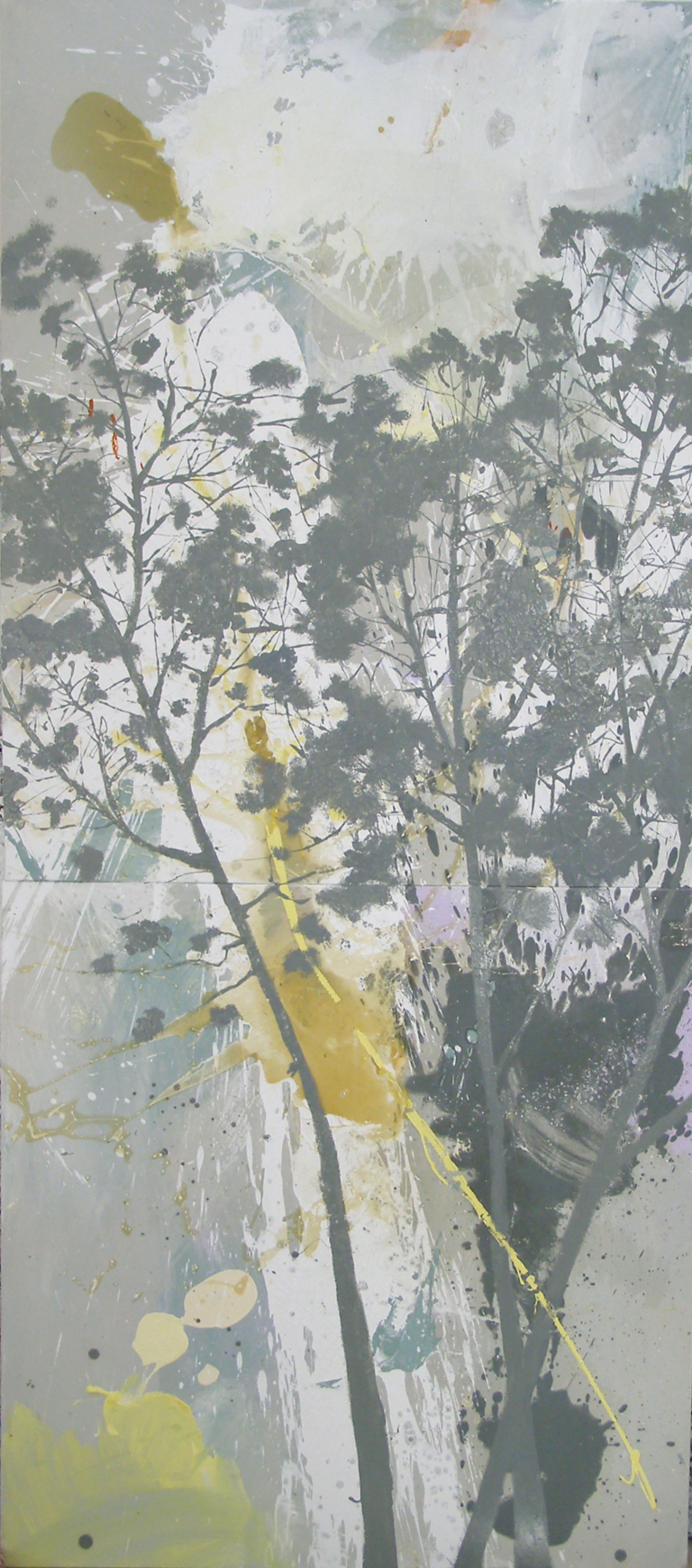The use of the concept of the “forest” in my works did not appear out of nowhere. Around 2010 I began to deal almost unconsciously with the lone tree, which appeared in my works in an almost abstract, detached and isolated way, with no roots and sometimes seemed burnt or lifeless. The pursuit of wood over time became clear to me as a pursuit of identity, the search for roots: the longing for them and the fear of them. This theme gradually expanded from the solitary tree to the forest.
The longing for adventure, for uncertainty, for the risk of entering the thicket of the forest, confronting the basic need for a place that we will define as homey and familiar – this duality is at the center of this series of works.
These two polar states exist in one way or another in each of us and dictate our lives and our moves, many times subconsciously. Sigmund Freud, in his article “The Uncanny” refers to the terms Heimlich and Unheimlich. The term Heimlich means domestic; Familiar. It refers to a place, situation, environment or object that makes us feel comfortable and in our natural place. The term Unheimlich, apparently, means the opposite: unfamiliar, alienated, and unknown. However, an in-depth clarification of the meaning of the term Heimlich and its various uses in literature and prose, he suggests that it also refers to the hidden, the mysterious, the vague and the inaccessible at the same time. The term describes itself and its opposite at the same time.
In the history of art and literature, the subject of the forest has been much discussed in a variety of cultures, and the reference to the concept of the forest is dual: it is seductive and magical on the one hand and monstrous and life-threatening on the other. Sometimes one has to enter the thicket of the mysterious forest: it encodes in itself the unknown, but also the chance, for “enlightenment”, and for the sublime realization of self.
